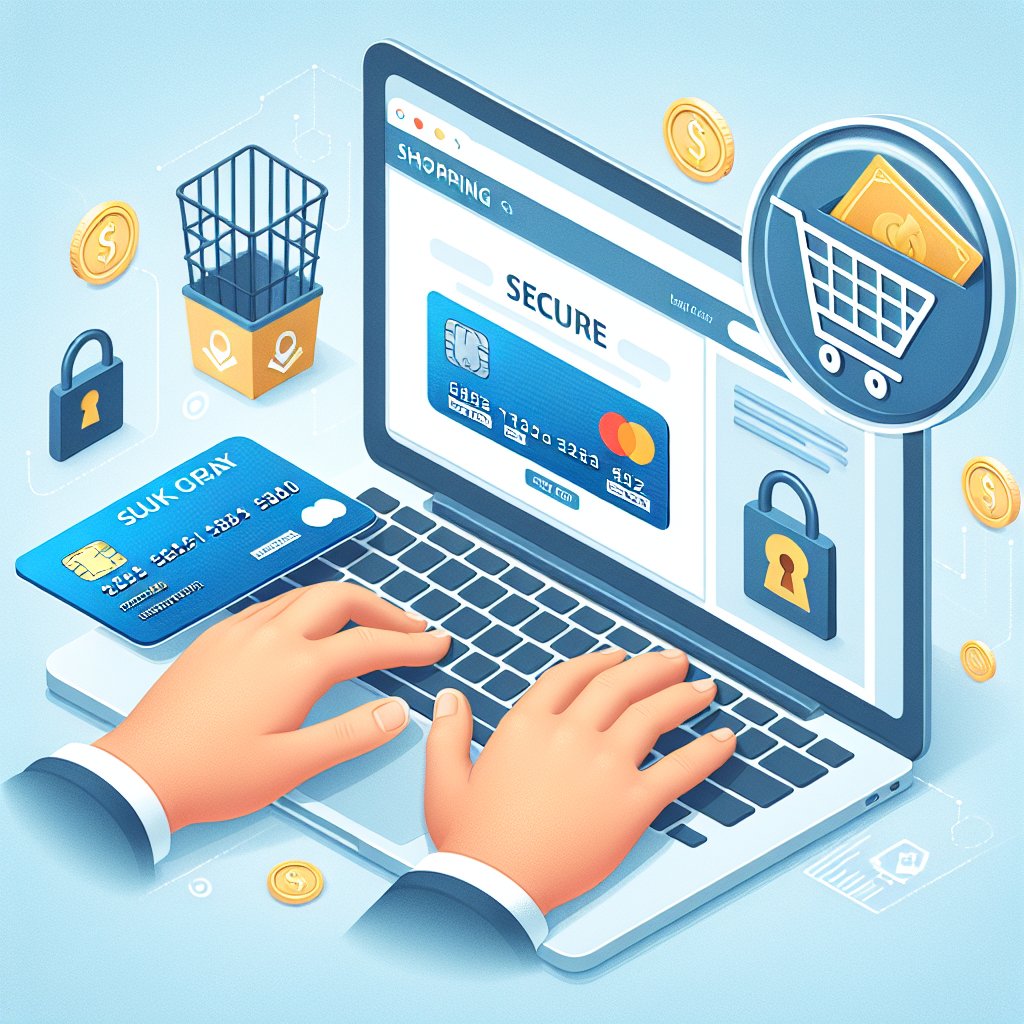Online shopping has revolutionized the way we purchase goods and services, offering convenience and a vast array of options at our fingertips. However, this ease of access also comes with its own set of challenges, particularly the risk of falling victim to scams. Understanding how to navigate the online marketplace safely is crucial for protecting your personal information and finances. This article will explore effective strategies to avoid scams while shopping online, ensuring a secure and enjoyable shopping experience.
Understanding Common Online Scams
Before diving into prevention strategies, it is essential to recognize the various types of scams that can occur while shopping online. Awareness is the first step in safeguarding yourself against potential threats.
Phishing Scams
Phishing scams are one of the most prevalent forms of online fraud. Scammers often send emails or messages that appear to be from legitimate retailers, urging you to click on a link to verify your account or claim a special offer. These links typically lead to fake websites designed to steal your personal information.
Fake Online Stores
Another common scam involves fake online stores that mimic well-known retailers. These sites may offer products at significantly lower prices, enticing shoppers to make a purchase. However, once payment is made, the buyer may receive counterfeit goods or nothing at all.
Non-Delivery Scams
In non-delivery scams, consumers pay for items that are never shipped. Scammers often create a sense of urgency, encouraging buyers to act quickly before the deal expires. Once the payment is processed, the scammer disappears, leaving the buyer empty-handed.
Payment Scams
Scammers may also use various payment methods to exploit unsuspecting shoppers. For instance, they might request payment through wire transfers or gift cards, which are difficult to trace and recover once sent. Legitimate retailers typically offer secure payment options, such as credit cards or trusted payment platforms.
Strategies to Avoid Online Shopping Scams
Now that we have identified common online scams, let’s explore effective strategies to protect yourself while shopping online.
Research the Retailer
Before making a purchase, take the time to research the retailer. Look for reviews and ratings from previous customers. Websites like Trustpilot and the Better Business Bureau can provide valuable insights into a retailer’s reputation. If the site has numerous negative reviews or complaints, it may be best to avoid it.
Check for Secure Connections
Always ensure that the website you are shopping on has a secure connection. Look for „https://” at the beginning of the URL, indicating that the site uses encryption to protect your data. Additionally, a padlock icon in the address bar is a good sign that the site is secure.
Use Credit Cards for Purchases
When shopping online, using a credit card is generally safer than using a debit card or other payment methods. Credit cards often offer better fraud protection, allowing you to dispute charges if you fall victim to a scam. Additionally, avoid using payment methods that are difficult to trace, such as wire transfers or gift cards.
Be Wary of Deals That Are Too Good to Be True
If a deal seems too good to be true, it probably is. Scammers often lure shoppers with unbelievable discounts or offers. Always compare prices across multiple retailers to ensure that the deal is legitimate. If a product is significantly cheaper than on other sites, it may be a red flag.
Verify Contact Information
Legitimate retailers provide clear contact information, including a physical address and customer service phone number. Before making a purchase, verify this information. If the retailer only offers an email address or lacks a physical address, it may be a scam.
Read the Return Policy
Before completing a purchase, review the retailer’s return policy. A reputable retailer will have a clear and fair return policy. If the policy is vague or overly restrictive, it may be a sign that the retailer is not trustworthy.
Keep Software Updated
Ensure that your computer, smartphone, and any security software are up to date. Regular updates help protect against vulnerabilities that scammers may exploit. Additionally, consider using antivirus software to provide an extra layer of security while browsing online.
Monitor Your Accounts
After making online purchases, regularly monitor your bank and credit card statements for any unauthorized transactions. If you notice any suspicious activity, report it to your bank or credit card company immediately. Quick action can help mitigate potential losses.
Trust Your Instincts
Finally, trust your instincts. If something feels off about a website or a deal, it’s better to err on the side of caution. Take a step back and reassess the situation before proceeding with a purchase.
Conclusion
Online shopping offers unparalleled convenience, but it also comes with risks. By understanding common scams and implementing effective strategies to protect yourself, you can enjoy a safe and secure shopping experience. Always stay vigilant, conduct thorough research, and trust your instincts to avoid falling victim to online scams. With these precautions in place, you can confidently navigate the online marketplace and make informed purchasing decisions.




